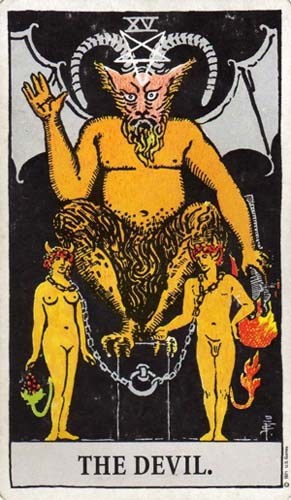
Discussion post I submitted for my Atlantic University TP5020 Course – November 6, 2019
Daniels effectively and convincingly explains how our understanding of “evil” now stands after progressing through the pre-axial and axial periods. In contrasting “good” versus “evil,” he begins by distinguishing between “empathy” and “egocentrism.” In other words, where is the person’s will directed? With empathy, “there is
Traditional spirituality, on the other hand, typically defines evil as a force or “temptation” outside of the individual. The Christians call this personification of evil as the Devil, while in Islam he’s called Iblis or Shaytan, according to an article by James Stuart. The Israelites viewed bad things that happened to themselves or others within a family, such as a child born with a disability, as a result of their own sins or that of their parents. The Book of Job was an attempt to correct this false view. And Jesus, responding to a question about why some Galileans were unfortunately killed by Pilate as part of a human sacrifice, says “‘Do you think that these Galileans were worse sinners than all the other Galileans, because they suffered in this way’?” (Lk. 13:1-2). Christ’s primary reason for coming was to provide a means for personal salvation from evil or “sin,” which is obviously why he’s called the Savior. Catholics believe that whether a person spends eternity in heaven or hell is dependent on whether they die in the state of Grace, meaning without having confessed all their sins before dying, or not.
The pre-axial cultures, with its inclusion of multiple gods, magic, and shamans, also viewed results of negative external actions, such as a hurricane, as punishment for either a communal transgression or one committed by an individual. In a Transpersonal Psychology Review article, Daniel notes that within a pre-axial culture, “unpredictable, changes (e.g., earthquakes, epidemics, famines) are understood to represent a disturbance in the world order caused, for example, by the breaking of taboos within the community” (2009, p. 89). In fact, a key role of the shaman was to “exercise” or dispel the evil spirit or black magic that was causing the trouble.
I view these concepts more in terms of an evolution of understanding more than what they may have in common. In other words, one concept helped provide an understanding of the next. What we know now to be the result of weather patterns like a hurricane, for example, pre-axial communities saw as a punishment for evil actions. The link between negative actions as punishment for personal or community evil carried through the monolithic religions as well, although Jesus begins to decouple negative external results from individual behaviors. We have now progressed to understand, as Daniel notes, that “Evil is a part of the human equation,” and that it “exists because we exist” (2005, p. 114). He is not, however, willing to go as far as certain modernists who espouse moral relativism, and counters, “our moral consciousness is capable of making universal judgments of goodness and evil” (2005, p. 95).
References
Daniels, M. (2005), Shadow, self, spirit: essays in transpersonal psychology, Imprint Academic: Exeter, UK
Daniles, M. (2009), “Perspectives and vectors in transpersonal development,” Transpersonal Psychology Review, 13(1), p. 87-99
Stuart, J. (2017, Sept. 29), “The Concept of Evil in Islam,” Classroom, retrieved from https://classroom.synonym.com/the-concept-of-evil-in-islam-12085675.html